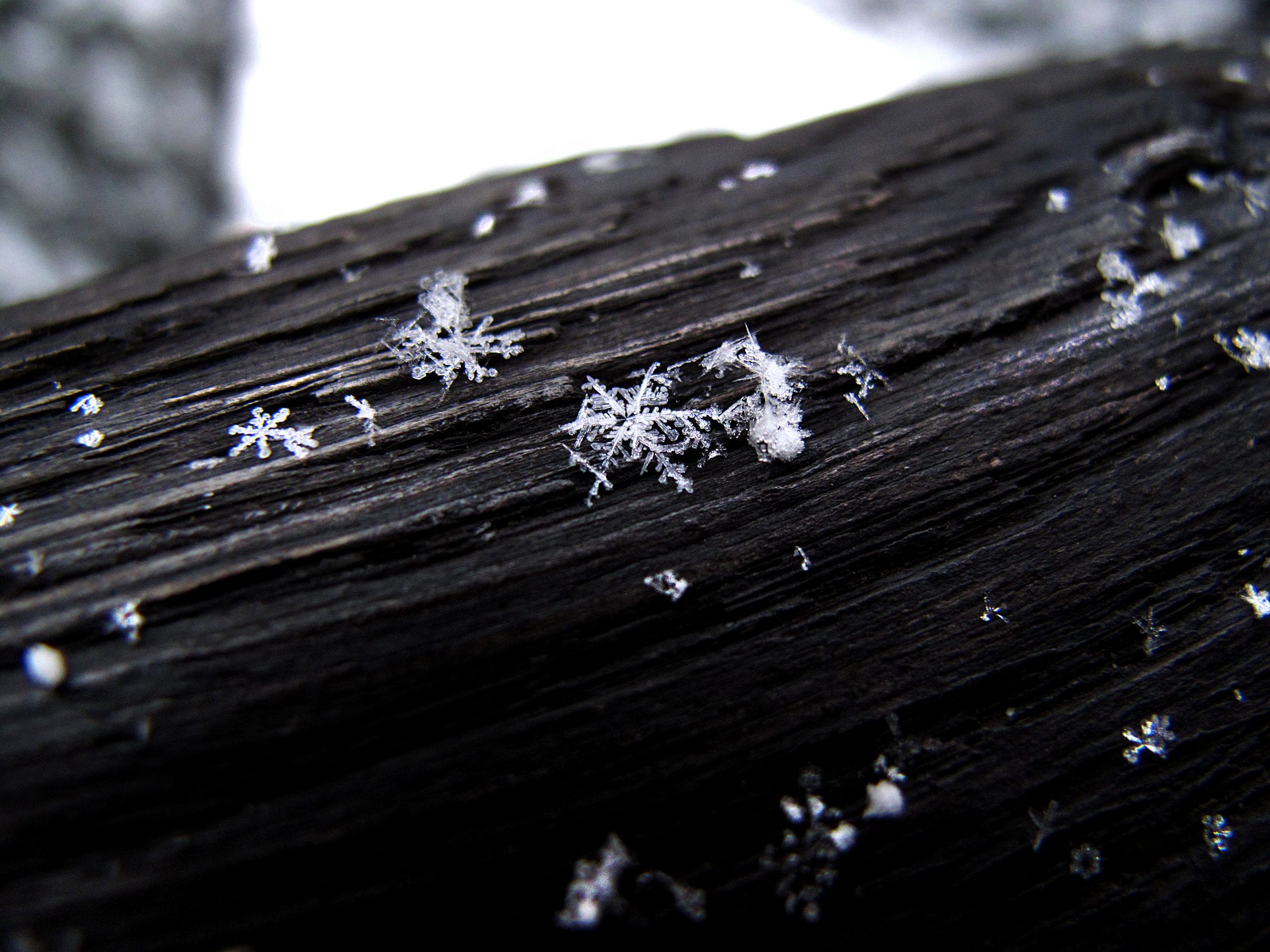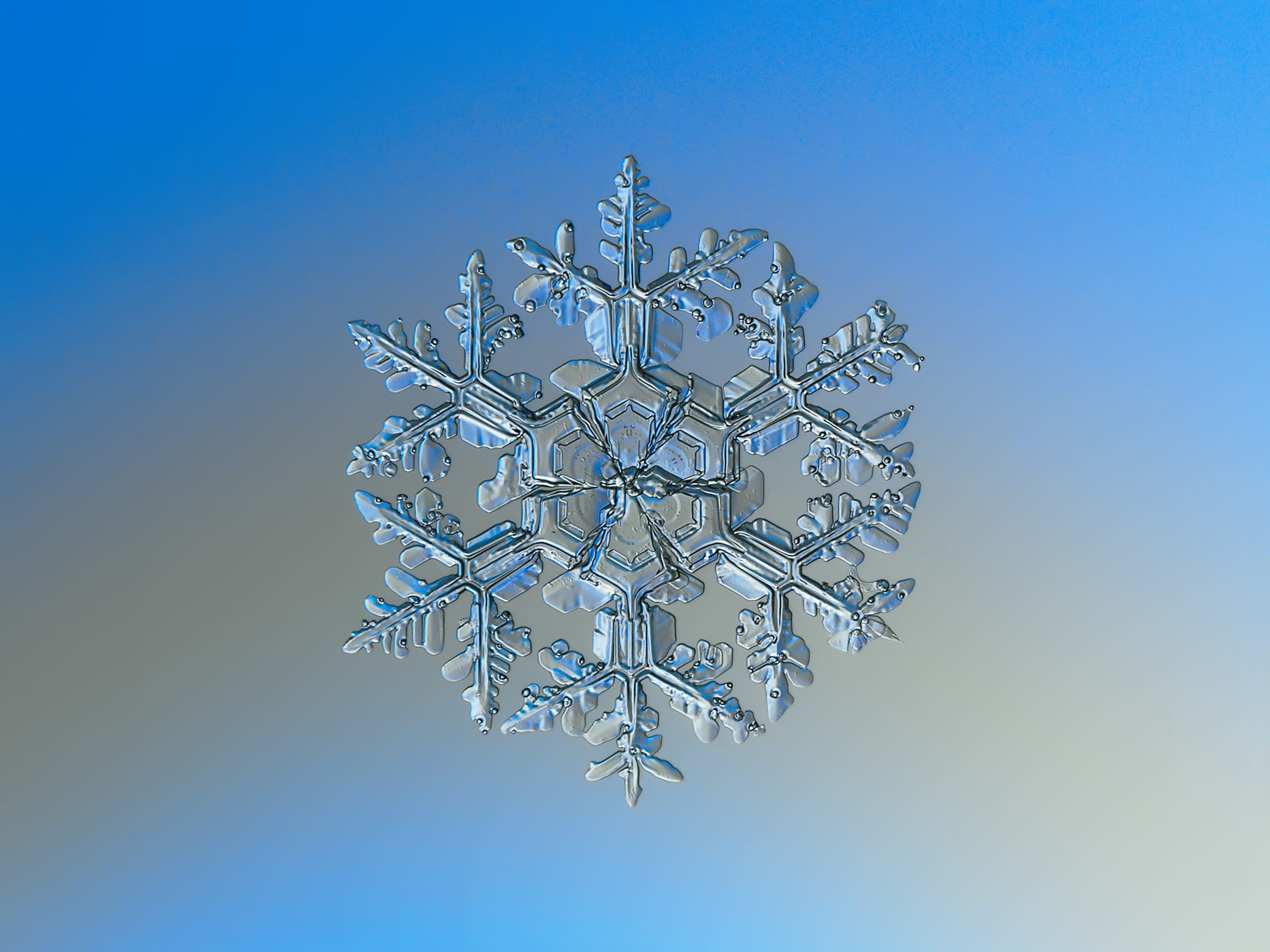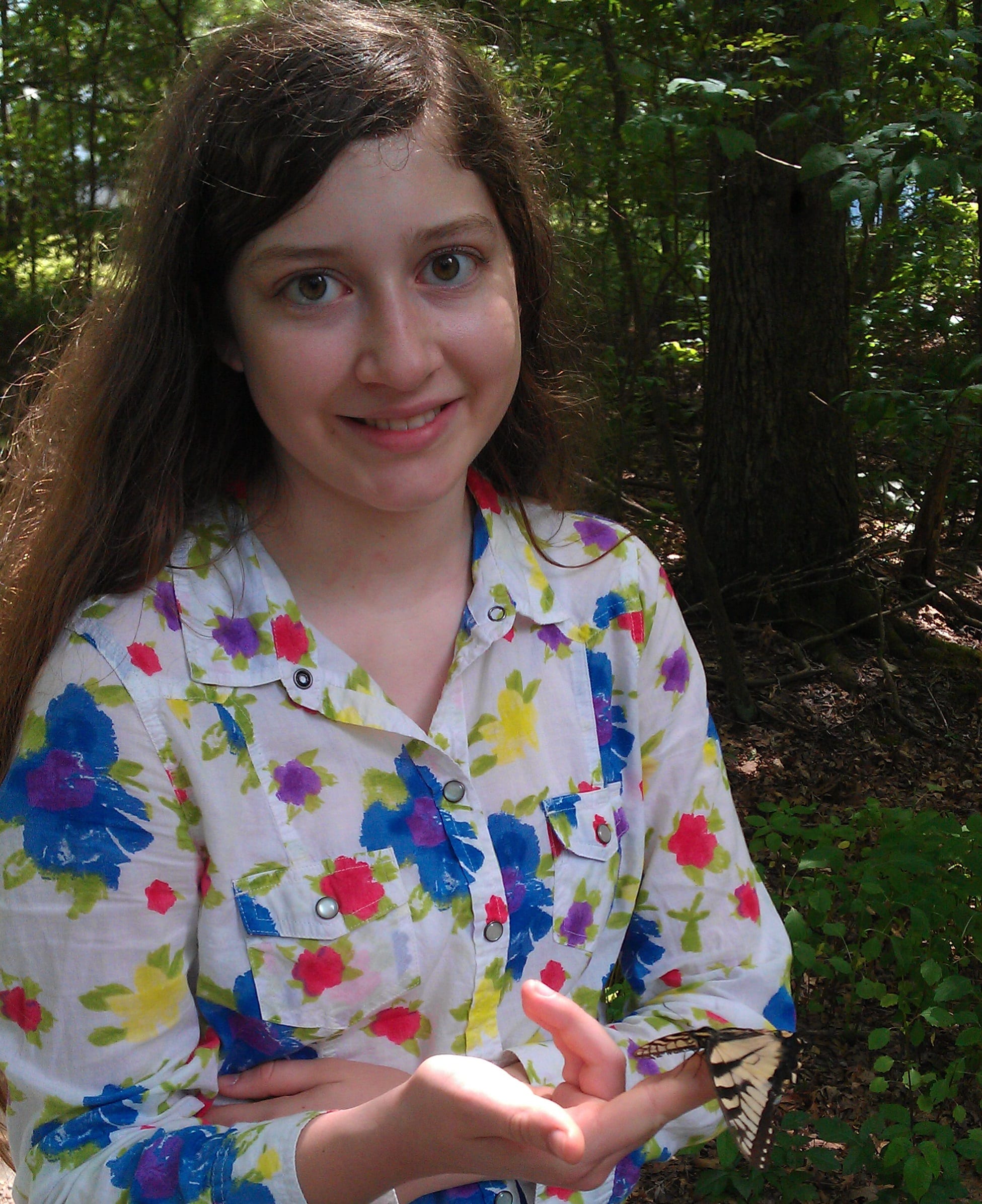‘Tis the season for stories of wintery magic. From Elsa and Frozone to their mythical grandfather, Jack Frost, there's no cooler gift than the power to let it snow at will, or shock a pond skate-worthy with a single touch.
Little do we realize that these chilly abilities aren't limited to the realm of holiday lore. If a microbiologist were writing the legends, they'd call Jack Frost by his scientific name: Pseudomonas syringae. Known for generations as the artist who sprinkles leaves with glitter on crisp winter mornings and blankets the landscape with snow, they'd add that he also happens to be about two and a half microns tall, and a well-studied plant pathogen.

If you look closely at P. syringae's ice powers – or Elsa's, for that matter – you'll discover they really aren't magic at all. They simply involve taking creative advantage of ice nucleation, and the fact that water can be super cool (bear with me).
Your local weatherman will tell you that water freezes into ice at 0° Celsius (or 32° Fahrenheit), at which point its molecules begin to rearrange into an orderly lattice configuration. What he might not mention is that pure water doesn't just snap into ice as soon as it hits this temperature. Small droplets of pure water can remain liquid all the way down to -48°C, and the water in some plant cells can dip -4 to -12°C below its freezing point before it changes phase from liquid to solid. In the meantime, it exists as a supercooled liquid.
P. syringae has a clever way to get at the juicy insides of those plant cells: if they freeze the water within, the cells expand and burst open. But though the molecules in supercooled liquids are cold enough to form a crystal, they need something to get them started. That something is called a nucleator, and it is usually some small particle, like a dust speck (or snowflake). Scientists aren't exactly sure how nucleators trigger crystal formation, or why they are even necessary. But the prevailing theory is that a nucleator provides a template for the water molecules to organize themselves around as they begin to form a lattice.
P. syringae has evolved the perfect protein to serve as this template, making it one of the best ice nucleators on the planet. While most living things avoid freezing solid (with some notable exceptions), ice is P. syringae’s secret weapon.
But no icy hero gets famous by making plantcicles. Frosty the Microbe has another trick up its sleeve – one that recent studies suggest allows it (and other ice-nucleating bacteria) to play a significant role in global precipitation patterns.

Through a collection method that involved sticking petri dishes out the window of a small plane while flying into a cloud (clearly, microbiology is not for the faint of heart), microbiologists have discovered P. syringae in the sky. The environment hundreds of feet above the ground is a harsh one, with frigid temperatures, lack of nutrients, and little protection from damaging UV radiation. But while it's easy for a tiny microbe to get swept up by a gust of wind and carried high into the air, it's much harder to come back down.
In the face of certain death, P. syringae have evolved a solution that would make Elsa herself jealous. Researchers believe their special proteins can nucleate their own personal snowflake from the moisture in the cloud, which carries them gently back to earth. Ice crystals serve as both escape pod and dispersion method – in other words, P. syringae have harnessed snowfall as transportation. Beat that, Ice Queen.
If you're dreaming of a white Christmas, don't look for a mythical being or a Disney princess. Ask Santa for a microscope.
About the Author
 Rosemary Wills is an undergraduate at UGA majoring in Plant Biology and Science Education. When she's not writing, coding, or spending time with family, she enjoys growing plants in her windowsill and crocheting science-related things. More from Rosemary Wills. Rosemary Wills is an undergraduate at UGA majoring in Plant Biology and Science Education. When she's not writing, coding, or spending time with family, she enjoys growing plants in her windowsill and crocheting science-related things. More from Rosemary Wills. |
About the Author
-
athenssciencecafehttps://athensscienceobserver.com/author/athenssciencecafe/April 17, 2020
-
athenssciencecafehttps://athensscienceobserver.com/author/athenssciencecafe/April 12, 2020
-
athenssciencecafehttps://athensscienceobserver.com/author/athenssciencecafe/April 3, 2020
-
athenssciencecafehttps://athensscienceobserver.com/author/athenssciencecafe/March 30, 2020







